If you are a B2B SaaS Callback, long sales cycle stages can be exhausting and non-scalable. Sometimes, you can communicate with your leads for days, maybe even weeks before you close the deal.
We must admit, that’s a really big problem. And almost every company is facing it.
According to MarketingDonut, just 2% of sales teams manage to close the deal on the first meeting.
What will happen if we tell you that perhaps your team can be in this 2%?
Sure you can! And we will go through 10 ideas on how to shorten your sales cycle stages.
But before we dive into actionable insights and tips on how to do that, lets first shortly remind each other about the basics of the conversion funnel and how to optimize it. If you want to implement valuable advice you will see, we must be sure that we’re on the same line.
The real struggle is convincing your customers to buy your product. That’s the reason why people invented sales and conversion funnels.
There are two main types of conversions:
Mastering both types of conversions is crucial. You can have a great website with great articles, use cases and infographics, but if you can’t convert a website visitor into a lead and later into a customer, all of these “great” things you have are useless.
It’s the same with the second type of conversions too – if you don’t know how to convert your leads into customers, you will definitely need to work harder and learn more.
Perhaps ideas in this article can help you?
We will see.
In fact, HubSpot’s research showed that 69% of sales departments feel like their number 1 priority is converting more leads. For sure, shortening sales cycle stages will help you to do that.
But, any of the ideas we will mention below will not help if you don’t have your conversion funnel properly prepared.
A Conversion funnel is a process which includes the time taken by a website visitor to buy your product or service.
Your conversion funnel should be based on the AIDA system. That means, that every sales cycle stage should be based on one of the following:
Conversion funnel includes 4 major steps which are interrelated:
1.Awareness – this is a stage where your potential customer understands the value of your product and its core features – for example, you can unleash the awareness with leading your potential customers on your website where they can find all the necessary information.
2. Interest – in this stage – the visitor gains some confidence and starts to dig deep to find more information about your product or service offering. This is the stage where you will manage to make a difference between people who are interested in your product and those who are not.
The people who have some interest in your product or service will make the next step – and that can, for example, be subscribing to your newsletter or scheduling a demo.
3. Desire – At this point, your website visitor can be identified as a lead. It’s very important that you keep constant communication with him and answer all of his questions. Mastering this stage is crucial for improving your lead to customer conversions.
4. Action – This is a moment when your lead is ready to convert – you just need to help him to do that. For example, you can schedule a call with him or you can manage to convert him through your in-app experiences or user onboarding.
Now when we know the basics of conversion funnel and sales cycle stages, let’s see how can we optimize and shorten it for better conversions!
Are you ready?
Let’s see how can you create magic with the 10 actionable ways to shorten sales cycle stages!
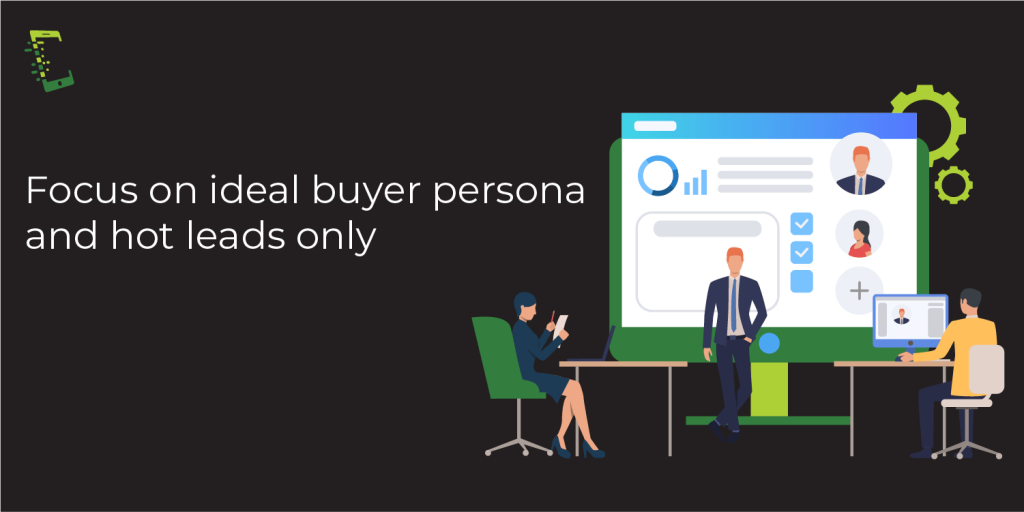
Sometimes, focusing on our ideal buyer persona and hot leads will help us to channel our efforts towards more important things.
Will Cannon, CEO of UpLead – online platform for lead generation, shared with us his number 1 advice on shortening sales cycle stages:
“Don’t be afraid to cut things short with prospects whom you know aren’t a good fit. If they don’t fit in the profile of an ideal customer, and there’s a high chance that they won’t convert, you’ll be better off spending your time on accounts that have more potential.”
Will’s advice is straight to the point!
Why focus and take your team on non-promising leads?
According to the Altify, high-end companies can lose even more than $218,000 per year as a result of chasing the wrong or bad leads.
Of course, if you’re the low-end company, this number will be much lower and your sales cycle stages will naturally be shorter.
But you get the point.
Chasing wrong leads will not just waste your time, but it will waste your money too.
Instead of going for bad leads, focus your resources and energy on finding and acquiring ideal leads – perhaps it will naturally shorten your sales cycle stages – since they are more likely to buy from you.
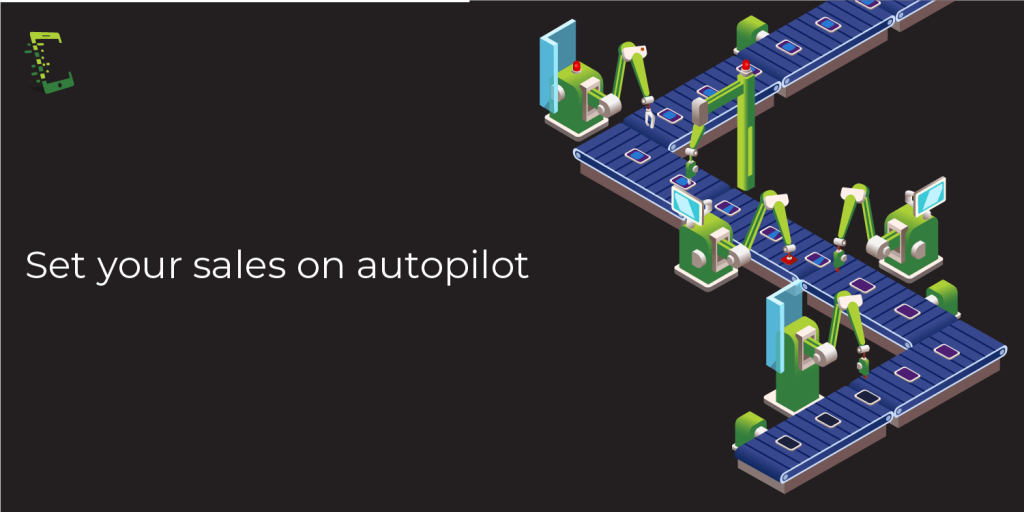
Automating your sales will reduce your time, help you to save your energy for more important things like closing the deals and to shorten your sales cycle stages.
Steven van Vessum, VP of the community at ContentKing, shared with us their top three strategies for shortening sales cycle stages:
“At ContentKing, we’re:
These strategies helped us to shorten our sales cycle stages. What we love the most about them is that they’re easily scalable as you grow.”
Such great advice from Steven! Isn’t it?
What can we learn from this?
The thing is, with no doubt, email automation will save you time, but it will also improve your results – automated emails will 119% higher click rates than non-automated emails.
Now we see that email automation found its purpose in sales, but on another hand, sending context-driven and triggered emails will also help you to improve your conversions, close more deals and shorten sales cycle stages.
According to Epsilon, triggered emails had 76.7% bigger click-through rates than those who are not triggered.
By implementing both automated and triggered emails, you will create a killer mixture for your conversion funnel and sales cycle stages.
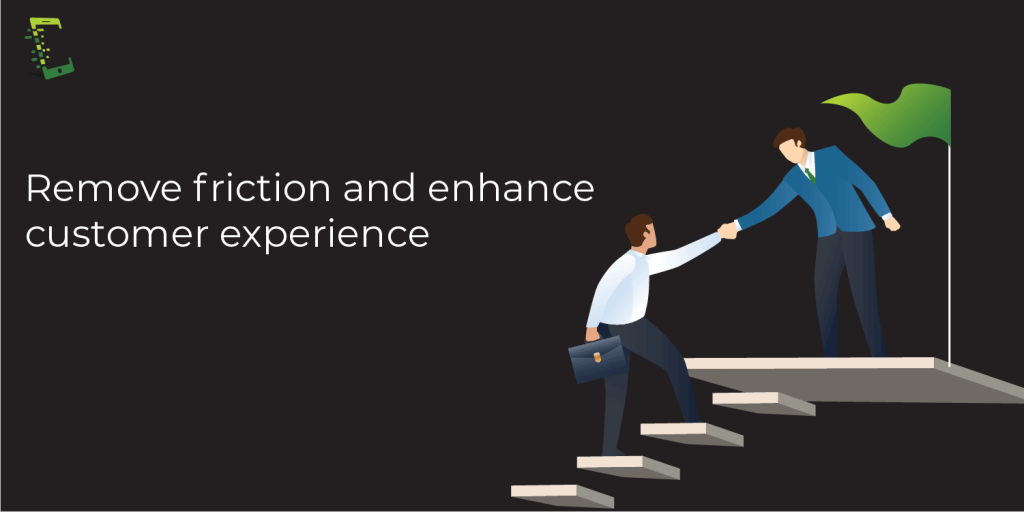
Vuk Vukosavljevic, Head of Growth at Lemlist, shared with us their number one advice for shortening sales cycle stages:
“We think that the first rule is don’t create friction.
Friction is the number one enemy in our opinion. We’re talking all those steps that are not necessary, the irrelevant language that isn’t resonating in the right way or just too many things that take away the attention from the main goal.
As salespeople, we need to remove friction from the conversion process wherever we can and to enhance the customer experience instead.”
Taken from Vuk’s advice, try to remove unnecessary steps and focus on customer experience wherever you can.
If you’re in the manufacturer, luxury or in any other industry that makes physical products, try to showcase your best and unique value propositions as much as you can.
Speak about the benefits your customers’ can have.
Always remember this: you’re not selling a drill, you’re selling a hole in the wall.
If you’re building software, let’s see how to improve customer experience and shorten your sales cycle stages with user onboarding in the next chapter!
If you’re building software and online tools and products, training and onboarding your users is a must.
How can this help you to shorten your sales cycle stages?
User onboarding will help you to train your potential customers and learn them how to use your product. At the end of their journey, they will be ready to buy it, and all your salespeople need to do is to close the deal.
By building carefully planned and intuitive user onboarding flows, you will not just be able to improve your trial to paid conversion and to shorten your sales cycle stages – you will also reduce your churn rate and improve user retention.
The best user onboarding flows are built up from 3 main parts:
1.Unleashing the “aha moment” – event in your user journey where your customers perceive the value you’re offering.
2. Activating your users – the moment where you’re users have contact with your primary features and when they feel the value you’re offering.
3. Adopting your users – this is the moment where your trial users have constant contact with secondary features. In this stage, you can “consider” that your users are almost converted.
If your ultimate goal is to convert your trial users, they must pass through all three stages of your user onboarding.
Here are a couple of intriguing and interesting methods you can use to ensure that:
User onboarding is such a wide topic that we can talk for days about it – but this is everything you need to start building your user onboarding flow.
Another great tip for building converting user onboarding processes is offering self-serve and human-based help.
Self-serve help can find a great purpose in user onboarding through live chats or knowledge base pages.
But, let’s see how human-based support can help you to shorten your sales cycle stages!
People became like robots – it’s really hard nowadays to find a company that cares for its customers.
Well, you should be that one!
Show your customers that you care and think about them all the time.
At the end of the day, you’re depending on them. Right?
Of course, you can always implement live chat support, build knowledge base pages or FAQs and tutorials. but, what you think about some unusual ways that rarely someone is using?
Here are a couple of ways how can you help your customers on the most interesting ways
If you’re selling a high-end product or a product that needs a lot of preparation, you can simply offer your trial customers help whenever they need.
A great example of this is hosting companies.
A lot of non-techy people don’t know how to install WordPress or how to manage files on their hosting.
This is a great opportunity for your customer support to offer help and to show your customers that you care about them.
A lot of salespeople are so lazy. Don’t be that guy who just wants to sell something and earn money.
Be the guy who cares about its customer satisfaction and experience above everything else.
If you see that your customers are struggling with something, send them your advice, lead them towards your blogs or simply – schedule 15-minutes meeting with them where you will answer all of their questions.
This will not just help you to shorten your sales cycle stages and convert more people, but it will also help you to build personalized relationships with your customers and gain their loyalty.
Callback software is a powerful way to engage with your customers whenever they need your help in a matter of 30 seconds.
Implementing some callback software like Limecall with unique callback software features, will help you to build strong relationships, answer your customer’s questions, get them over and shorten your sales cycle stages.
The best thing about callback software is that it qualifies leads for you even when you’re sleeping. This is extremely helpful since you will call only the most interesting leads.
Whenever the callback software finds out your user’s frustration, it will offer them a call with your customer support in 30 seconds.
Isn’t that amazing?
On this way, you will engage with interested people and be able to close more deals.
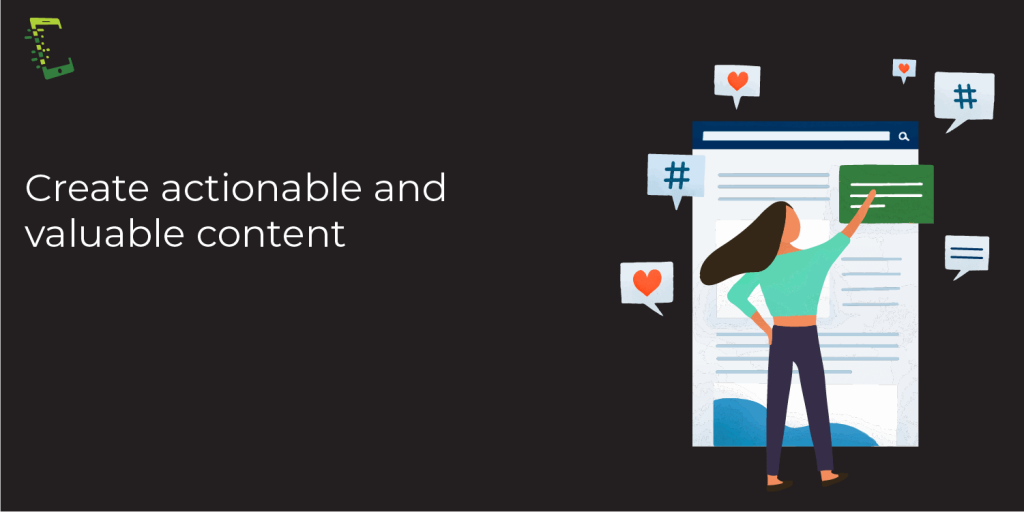
According to Aberdeen, conversion rates for companies who’re writing actionable and valuable content are 6x higher than for those who don’t.
You can create many types of content, and, as Steven shared with us at the beginning of the article, you can send different types of content to your users at different stages.
For example, you can create:
Content is important and worthwhile for several reasons, and the most important is, that according to DemandMetric, content marketing costs 62% less and generates 3x more leads than any other type of marketing or sales.
With actionable and valuable content, you will be able to generate more leads, improve your conversions and shorten sales cycle stages.
Now it’s time to see the last, but not the least important way to shorten your sales cycle stages!
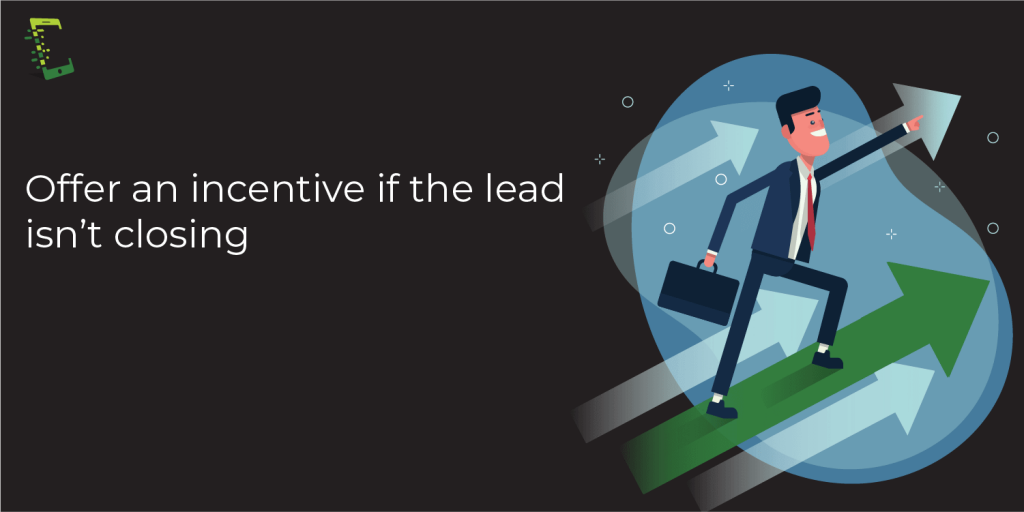
Although this is not soo much popular way, it’s for sure effective one.
You should do this only if you see that there are no other chances that the lead will close.
At the end of the trial period, you can always offer some discount to your trial users – if they are indecisive, perhaps this can help them to make their choice and buy your product.
But be careful here, you don’t want your customers to spread the word about your discounts and bribe.
As far as we saw, the sales cycle stages can be long and exhausting. Depending on your industry and ideal buyer persona, they can take days, maybe even weeks or months.
Because of that, it’s from crucial importance to pay attention to your resources and the time you need to close the deal.
Shortening your sales cycle stages will help you to close more deals for less time and to focus your efforts somewhere else where you need it more.
What way are you willing to implement first? Check our callback software cost , Let us know by tweeting at @limecallapp!
, April 24, 2019, Ugljesa Djuric

Top rated callback automation platform that connects your website visitors to your team within 20 seconds through phone callback and whatsapp driving upto 40% more conversions.
Learn more